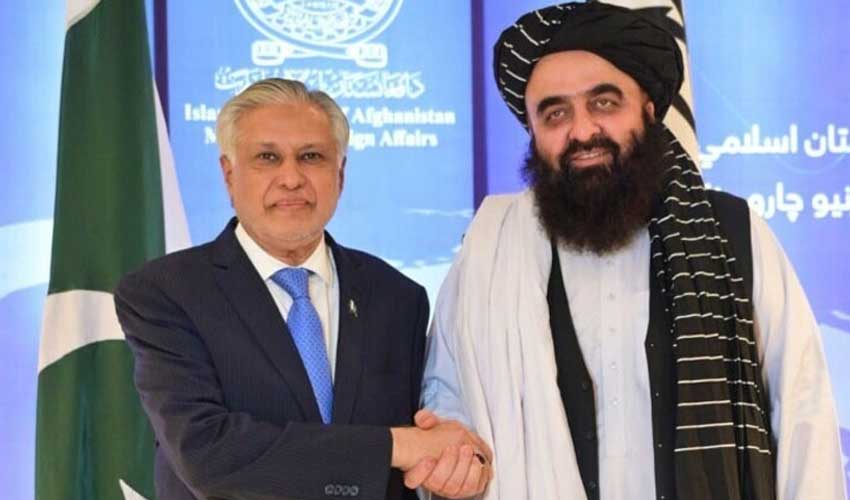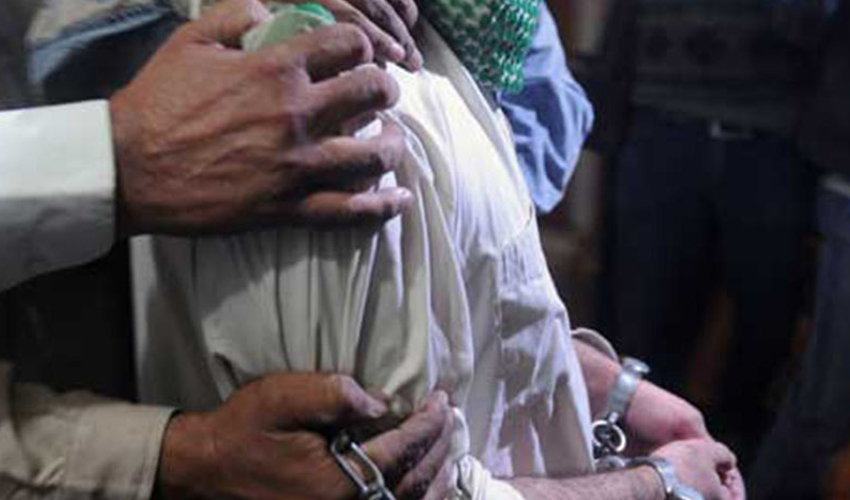The Alliance Française de Lahore hosted a book launch of the recently published work of art historian Professor Dr. Kanwal Khalid on Saturday, April 19, 2025. Titled “Picture Wall of Lahore Fort: The Longest Mosaic Kashi Wall in the World," the book presents a historical analysis of the majestic wall of the Lahore Fort. It details the context of the wall’s intricate artistic depictions that incorporate a multitude of frescoes, glazed tile mosaics, and filigree work.
The event was organized in partnership with Aga Khan Cultural Service – Pakistan (AKCS-P) and the Walled City of Lahore Authority (WCLA). It concluded with a concert of instrumental music performed by musicians from Hunza. Aptly worded ‘Ishq-e-Lahore’, the evening celebrated history, art, and music, synonymous with the ethos of Lahore.
In his opening remarks, Director of Alliance Francaise Lahore, Fabrice Disdier, highlighted the historic significance of the picture wall. “This evening, we gather not just to launch a book but to reconnect with a 400-year-old masterpiece: the Picture Wall or Lahore Fort,” he said “This monumental work of art, stretching 1,450 feet in length and standing 50 feet-tall, is one of the largest and most intricate mosaics in the world. It is a treasure not only of Lahore but of humanity.”
Dr. Kanwal Khalid gave an extensive presentation on her book, sharing some of its key highlights. Referring to the picture wall as ‘one of a kind,’ she described it as the longest wall exhibiting the mosaic Kashi technique, akin to putting together a jigsaw puzzle. Dr. Khalid bemoaned the lack of historical evidence on the wall’s structure despite it being a key historical monument. “I mostly looked into traditional resources while researching this book since there was limited information shared by Mughal historians on the wall,” she said. She discussed the techniques used in the wall’s construction and the symbolism within the designs, reflecting a wide range of influences including the European tradition, Iranian mythology, Judaism, Christianity, and Hindu mythology.
Furthermore, the designs portrayed animals and birds that the Mughals were fond of. Some of these patterns had fascinating stories linked to them. “There were tigers with blue spots visible on the wall, which one could perceive as an imaginary being. However, in one of the memoirs of Emperor Jehangir, it was narrated that a Monarch once presented Emperor Jehangir with a Tiger whose fur had blue spots.”
Dr. Khalid suggested that some designs have an uncanny similarity to semantics: “These patterns that appear to be an embodiment of musical sounds are most likely to be the depiction of the audio of Mughal instruments.” She went on to consider the possibility of those patterns being ‘reverted to audio’; “hence I say, let the wall sing!” she quipped
WCLA’s Deputy Director of Craft and Culture, Ms. Aisha Khan, illustrated the wall’s “exquisite depictions of flora, fauna, and geometric patterns, that are testament to the Mughal Dynasty’s unparalleled craftsmanship.”
CEO AKCS-P Tausif Khawaja also took the stage and shared that the picture wall is one of the major reasons why the Lahore fort is part of UNESCO’s World Heritage Sites. He called the curation of the wall a collaborative and painstaking effort. “A combination of multiple faculties is required to carry out conservation efforts. These include engineers, architects, fine artists, archeologists, drainage engineers, and project managers.” He added that each panel is designed after extensive meetings and discussions about what should be reconstructed and elements that should be left out.
Mr. Khawaja announced that a major portion of the picture wall had been conserved already; by the end of 2025, the project will be completed. “We plan to have a grand opening of the wall at the beginning of next year and will invite people from all over the world, as well as senior government officials, to mark the momentous occasion.”
Following the discussion, the room resonated with the melody of a unique orchestra comprising traditional musical instruments from Gilgit-Baltistan such as the Chitrali Sitar, Rubab, Xghini, and Dadang. An ensemble from Hunza’s Lief Larson Music Centre (LLMC) played folk tunes indigenous to their region to a captivated audience. The LLMC is located within the Altit Fort and provides a space for residents of the area from all walks of life to learn the different traditions of mountain music. The institution was established under the Aga Khan Music Initiative in partnership with the Royal Norwegian Embassy to conserve and preserve indigenous mountain music.



























